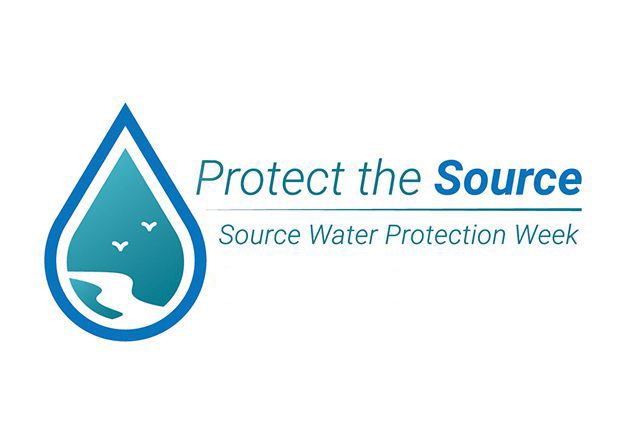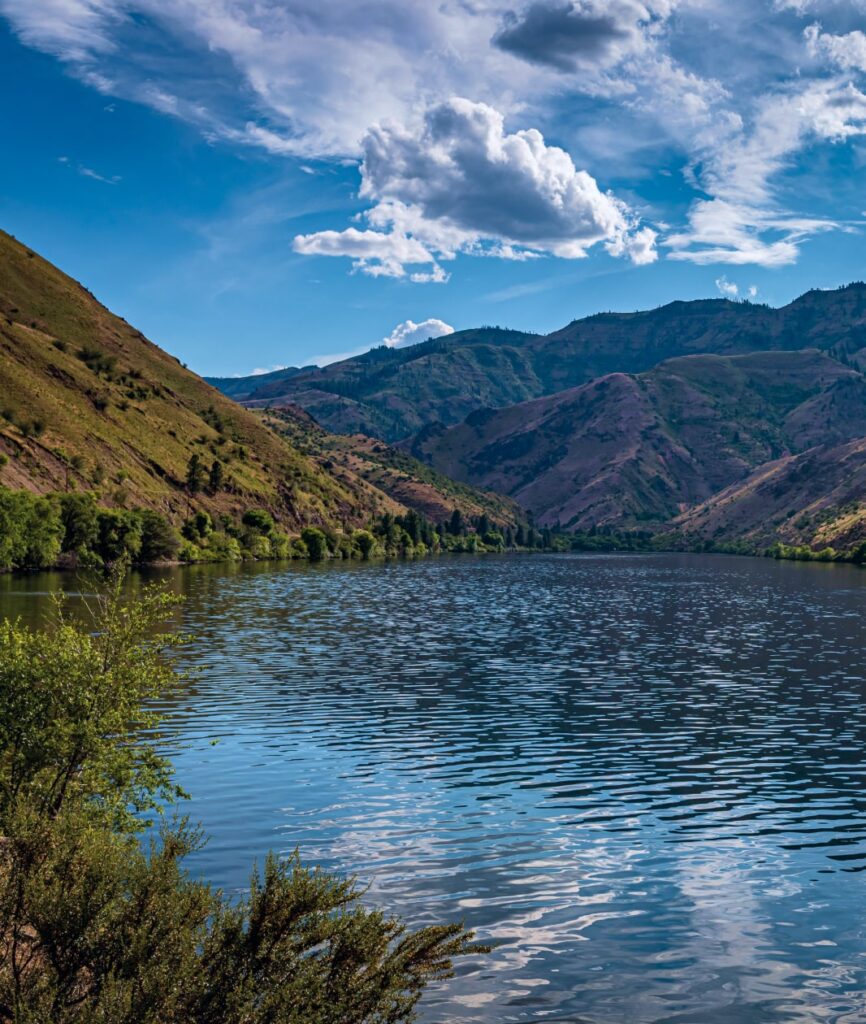Source Water Protection Week


Source Water Protection Week

Celebrating Source Water Protection Week!
The best way to assure we have high quality drinking water at the tap is to protect our beautiful water sources. If we keep our rivers, lakes and underground wells free from pollution, it’s easier and less expensive to keep water safe and healthy.
AWWA invites water utilities, Sections and other partners to join the Association in recognizing Source Water Protection Week from September 27 – October 3, 2026.
Throughout the week, we will be raising awareness about the importance of caring for our beautiful drinking water sources. This year’s materials are available to download below.
Advertisement
2025 Materials
We invite everyone to help “Protect the Source” by spreading the word about the importance of source water protection.
Social Media Graphics and Suggested Posts
Logo – 1080×1080 (JPG)
Logo – 1200×630 (JPG)
Option A:
Instagram I Instagram Story I Facebook / X / LinkedIn
Option B:
Instagram I Instagram Story I Facebook / X / LinkedIn
Option C:
Instagram I Instagram Story I Facebook / X / LinkedIn
Suggested Social Media Posts (Word)
Local Influencer Engagement Guide
For Consumers – Videos
Additional Resources & Literature
Protecting Drinking Water at the Source: Useful Information to Enhance Water Utility Source Water Protection Programs
Protecting Drinking Water at the Source Brochure (PDF)
Communicating Source Water Protection Efforts in Consumer Confidence Reports Guidance Document (PDF)
AWWA Standard for Source Water Protection
EPA site for Clean Water State Revolving Fund (CWSRF): Source Water Protection
AWWA Source Water Protection Resource Page
Source Water Collaborative
What You Can Do to Celebrate Source Water Protection Week
Ideas for Utilities
- Prepare an official proclamation declaring September 27 – October 3, 2026 Source Water Protection Week in your community.
- Share a copy or link to your local source water assessment and/or protection plan, along with guidance on how to ask questions or provide feedback.
- Post information to social media related to drinking water sources and source water protection. Encourage viewer engagement through comments and interactive content.
- Share educational materials about source water protection. Examples could include training courses, webinars, workshops, and K-12 school programs. The Source Water Collaborative Learning Exchange is a great place to start.
- Issue a newsletter or press release that focuses on the importance of source water protection, how the utility approaches it, and actions everyone can take to protect drinking water supplies.
- Hold a poster, photo, or essay contest for kids to show what source water protection means to them.
- Host a live or virtual watershed tour to help people connect land use activities to the quantity and quality of water for drinking water supplies.
- Connect with local watershed and conservation organizations to discuss ways to partner on source water protection efforts.
- Host and/or participate in community volunteer activities that protect the environment such as watershed cleanups, stenciling stormwater drains, and planting trees or riparian buffers.
- Consider applying for the Exemplary Source Water Protection Award
- Get your Operational Guide to AWWA Standard G300 Source Water Protection
- Get your AWWA Standard G300-22 Source Water Protection
Ideas for Consumers
- Manage household hazardous waste properly (cleaners, paints, vehicle fluids, fertilizers, pesticides, etc.) – Only purchase what you need. Donate unused portions to friends or community organizations. Recycle leftovers when possible. To find recycling/disposal locations visit www.earth911.com or call 1-800-CLEANUP.
- Avoid dumping – Never put anything down the sink, toilet or storm drain as it can end up in drinking water sources. Dispose of cleaners, medicines, oil/grease, etc. properly.
- Clean up – Pick up after yourself and your pets. Use trash receptacles and recycle whenever possible. Pet waste can enter storm drains and spread bacteria.
- Use alternative products – Avoid using products that may contain harmful materials such as perfluoroalkyl substances (PFAS); use cast iron or stainless-steel pots and pans instead of non-stick pots and pans.
- Find your source – Identify your source of water and check where you live and work relative to source water areas. An example tool that can be used to find this information in the U.S. is DWMAPS.
- Conserve water – Use water efficiently to ease the burden on water sources and save money. Repair leaks, use a rain barrel, install low flow devices to toilets and showers, wash full loads of laundry and dishes, etc. For more steps to save water visit WaterSense.
- Limit use of fertilizers and pesticides – Reduce the amount of materials used on your lawn or consider natural alternatives.
- Service your septic system – Have a professional inspect your septic system every 3 years and have it pumped every three to five years.
- Participate in volunteer activities – Attend events such as removing invasive plants and replanting natives, stormwater drain stenciling, rain barrel workshops, litter cleanups, etc. Watershed groups are often familiar with upcoming local events.
- If you see something, say something – Report any spills, illegal dumping, or suspicious activity to authorities.
Other Examples:
• How we protect watersheds (The Nature Conservancy)
• Easy Things You Can Do To Protect Drinking Water Sources (US EPA)
• Source Water Protection fact sheet
Ideas for Environmental NGOs and Groups
- Prepare an official proclamation declaring Source Water Protection Week in your community.
- Partner with your local water utility on Source Water Protection Week plans and actions.
- Post information to social media related to drinking water sources and source water protection and how your organization works to protect water quality and drinking water sources.
- Encourage viewer engagement through comments and interactive content.
- Recognize a person or organization in your community who is a source water protection champion (#SourceWaterChampions).
- Host and/or participate in community volunteer activities that protect the environment such as watershed cleanups, stenciling stormwater drains, and planting trees or riparian buffers.
Ideas for Businesses
- Report spills immediately to proper authorities.
- Follow regulations and permit requirements applicable to your business.
- Demonstrate your business’s commitment to environmental stewardship by following industry environmental best practices.
- Join your Local Emergency Planning Committee (LEPC) to form partnerships and increase resources for hazardous materials preparedness.
- Develop plans and procedures to respond to emergency events such as spills, extreme weather, etc.
- Train employees on emergency response plans and procedures, spill prevention, and environmental best practices.
- Properly store and secure chemicals, cleaners, oils/fuels, and other potentially hazardous materials. Inspect the systems regularly, including secondary containment, and cap or reroute floor drains where needed.
- Employ conservation measures to ease the burden on water supplies and reduce water waste.
- Identify your local water utility and check your location(s) relative to source water areas. An example tool that can be used to find this information in the U.S. is DWMAPS.
- Host a company volunteer day and/or encourage employees to participate in volunteer opportunities for watershed protection.
Advertisement

